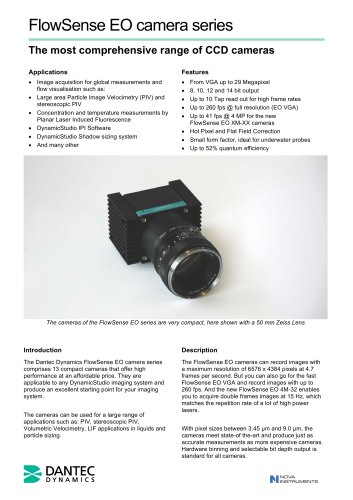
The circuits measure the difference in speeds of the beams and use that to calculate how fast the wind is blowing. Built in electronic circuits measure the time it takes for the sound to makes its way from each transmitter to the corresponding receiver. It has two of three pairs of sound transmitters and receivers mounted at right angles to one another. Ultrasonic anemometers – The professional standard anemometers measure wind speed using high-frequency sound.They are commonly used in wind tunnels for circuit board and heat sink analysis. Thermal Anemometers with Velocity/Temperature Profiling – These have the smallest sensor which measures both velocity and temperature.It calculates how fast the wind is blowing by measuring how quickly the wire cools down and how cool it gets. The wire (sensor) is heated electrically and forms one arm of the Wheatstone’s bridge. This wire of platinum-tungsten (sensor) is welded between the two prongs of probe.

The stream of air or gas is kept perpendicular to wire.

The types of anemometer depend on the type of measurement application it is used for. They are used in a variety of applications from weather predictions to high-tech scientific research labs.

Most handheld wind speed monitors are rugged and durable to withstand the elements that they may be presented with, as well as being weatherproof, especially those that can be mounted to measure over long periods of time. There are several types of anemometers and each one functions differently depending on what type it is and what type of wind measurement application it is used for. To learn more, please see our complete guide to anemometers.Īnemometers can accurately monitor the wind speed and provide the data for the measurements in various ways. An anemometer is a device that is used to measure the speed of wind and is a common weather station instrument.


 0 kommentar(er)
0 kommentar(er)
